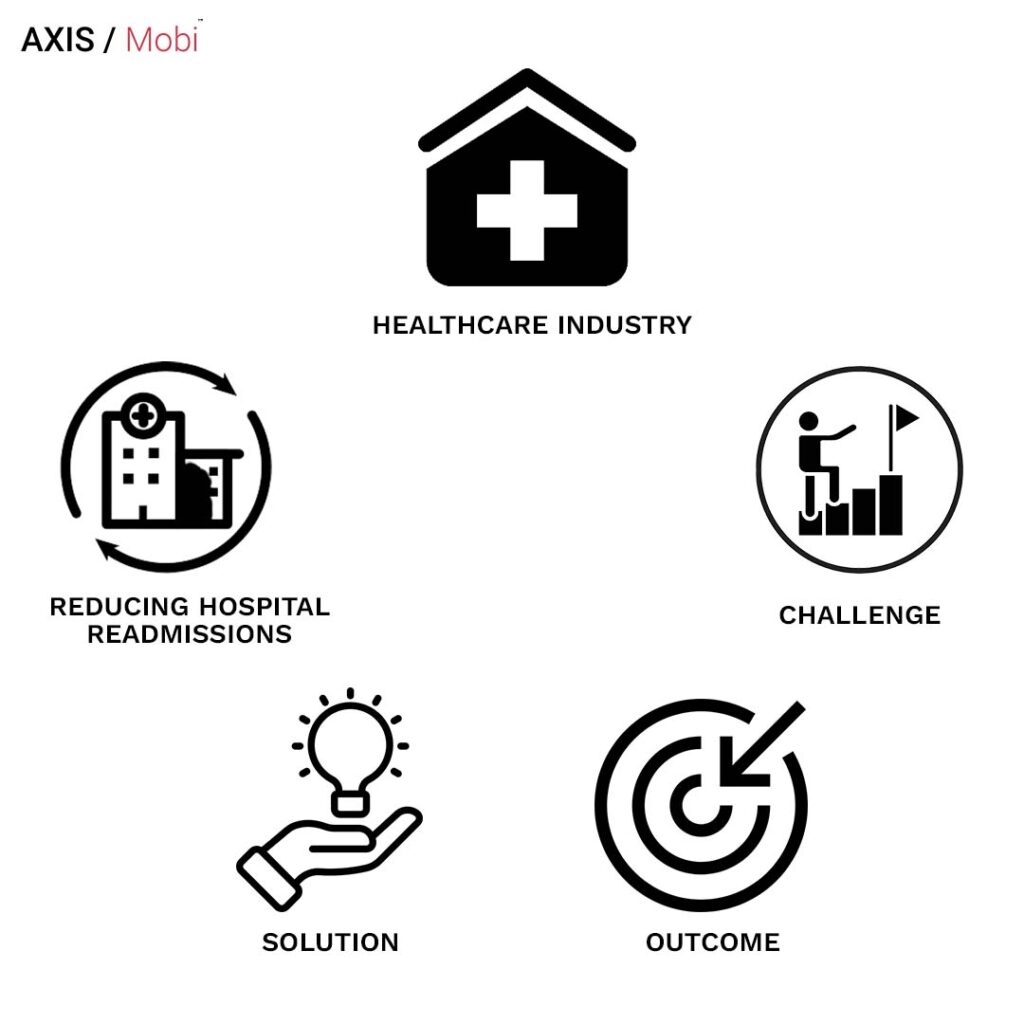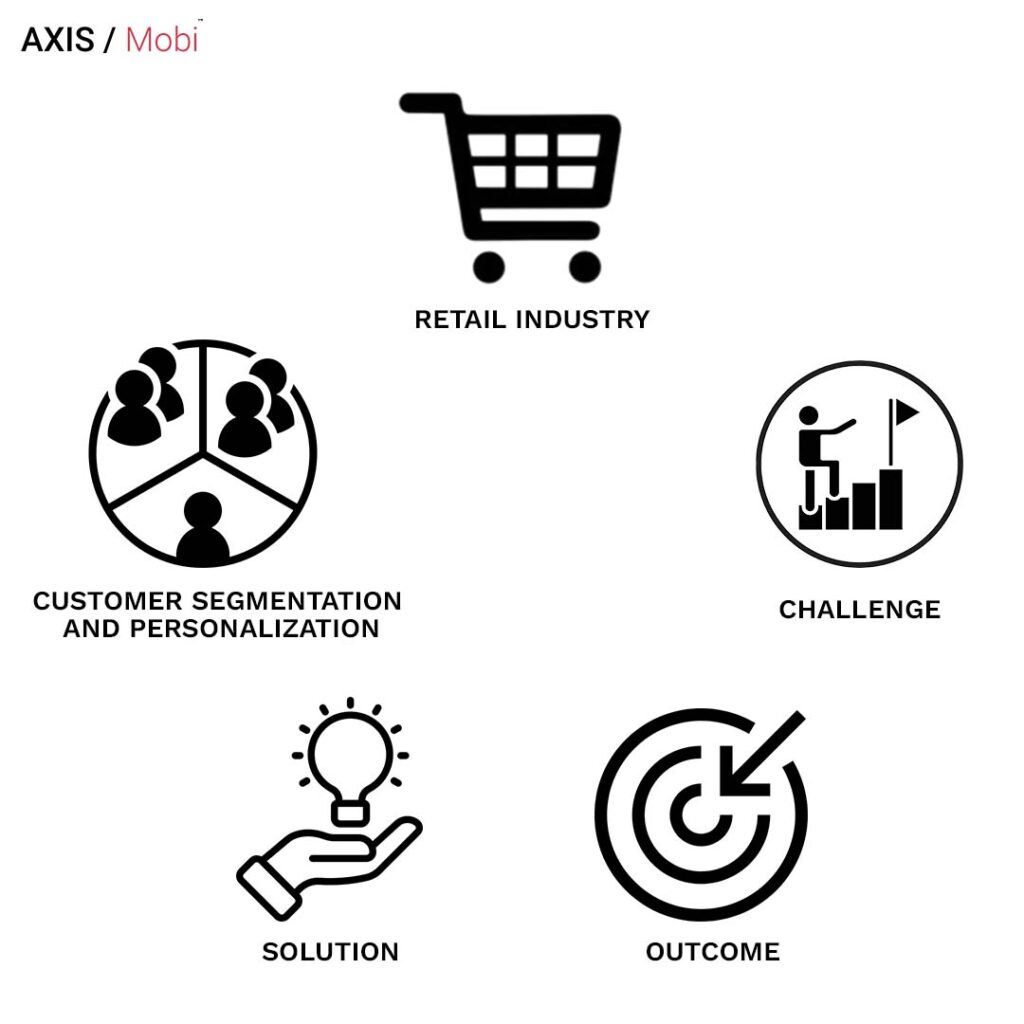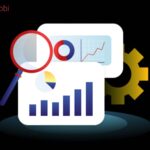In our data-driven world, the power of Big Data Analytics is transforming industries and reshaping the way organizations make decisions. By harnessing vast amounts of data, businesses gain valuable insights, enhance operations, optimize processes, and drive innovation. In this comprehensive guide, we’ll explore real-world success stories from various industries, showcasing how Big Data Analytics is making a significant impact.

1. Healthcare Industry
Reducing Hospital Readmissions
Challenge: Hospitals face the challenge of reducing readmissions, which not only impact patient outcomes but also incur significant costs.
Solution: By analyzing patient data, including historical health records, vital signs, and post-discharge behavior, healthcare providers can predict which patients are at risk of readmission. Early interventions, such as remote monitoring and personalized care plans, are then implemented.
Outcome: Hospitals have reported a significant reduction in readmissions, leading to improved patient outcomes and substantial cost savings. For example, Geisinger Health System in Pennsylvania reduced readmissions by 18% using predictive analytics.
2. Retail Industry
Customer Segmentation and Personalization
Challenge: Retailers strive to enhance the customer experience and drive sales by delivering personalized offers and recommendations.
Solution: Big Data Analytics is used to analyze customer data, including purchase history, online behavior, and demographics, to segment customers effectively. Algorithms then provide tailored product recommendations and promotions.
Outcome: E-commerce giants like Amazon have seen substantial revenue increases due to personalized recommendations. Amazon reported that approximately 35% of its sales result from its recommendation engine.
3. Finance Industry
Fraud Detection
Challenge: The finance industry faces constant threats from fraudulent activities, such as credit card fraud and identity theft.
Solution: Big Data Analytics enables financial institutions to analyze vast amounts of transaction data in real-time. Machine learning algorithms identify suspicious patterns and anomalies, triggering alerts for further investigation.
Outcome: By leveraging Big Data Analytics for fraud detection, banks and credit card companies can save millions of dollars annually. For instance, JPMorgan Chase reported that it saved over $100 million in a single year through fraud detection using machine learning.
4. Manufacturing Industry
Predictive Maintenance
Challenge: Manufacturers aim to minimize downtime and reduce maintenance costs by performing maintenance only when necessary.
Solution: IoT sensors collect data on machine performance, including temperature, vibration, and usage. Big Data Analytics models analyze this data to predict when a machine is likely to fail, enabling proactive maintenance.
Outcome: Predictive maintenance can reduce maintenance costs by up to 40% and downtime by 50%. Rolls-Royce, a leading aerospace manufacturer, uses Big Data Analytics to predict engine failures and optimize maintenance schedules.

5. Energy Industry
Grid Optimization
Challenge: Energy providers need to optimize the distribution of electricity to ensure reliability and efficiency.
Solution: Big Data Analytics is used to analyze data from smart meters, weather forecasts, and historical usage patterns. Algorithms predict peak demand periods and optimize grid operations accordingly.
Outcome: Improved grid optimization results in reduced energy wastage and cost savings. Pacific Gas and Electric (PG&E) implemented an analytics solution to reduce energy losses and achieved savings of over $40 million.
6. Transportation & Logistics
Route Optimization
Challenge: Transportation companies aim to minimize fuel costs and delivery times while maximizing vehicle utilization.
Solution: Big Data Analytics processes real-time traffic data, historical routes, and delivery schedules to optimize delivery routes. Algorithms consider factors like traffic congestion and delivery windows.
Outcome: Companies that implement route optimization through Big Data Analytics report significant fuel savings, reduced delivery times, and improved customer satisfaction. UPS saved an estimated 10 million gallons of fuel in one year through route optimization.
7. Entertainment and Media
Content Recommendation
Challenge: Entertainment platforms strive to keep users engaged by recommending relevant content.
Solution: Big Data Analytics analyzes user behavior, viewing history, and content preferences. Recommendation engines use collaborative filtering and content-based algorithms to suggest movies, shows, or articles.
Outcome: Streaming platforms like Netflix and Spotify attribute a significant portion of their success to personalized content recommendations. Netflix’s recommendation system reportedly saves the company over $1 billion annually.
8. Agriculture
Precision Farming
Challenge: Agriculture faces the challenge of optimizing crop yield and resource usage.
Solution: Big Data Analytics combines data from satellite imagery, weather forecasts, soil sensors, and crop performance. Machine learning models provide insights into optimal planting times, irrigation, and crop management.
Outcome: Precision farming has the potential to increase crop yields while reducing resource usage. John Deere’s Precision Agriculture platform uses Big Data Analytics to help farmers improve crop yields and reduce costs.
9. Education
Student Performance Prediction
Challenge: Educational institutions aim to identify students at risk of underperforming or dropping out.
Solution: Big Data Analytics analyzes student data, including attendance, grades, and participation. Predictive models identify students who may require additional support.
Outcome: Educational institutions that employ student performance prediction through Big Data Analytics report improved retention rates and student success. Georgia State University used predictive analytics to increase graduation rates by 6%.
10. Government
Crime Prediction and Prevention
Challenge: Law enforcement agencies seek to predict and prevent crimes to enhance public safety.
Solution: Big Data Analytics processes crime data, historical trends, and socioeconomic factors. Machine learning models predict high-risk areas and times for crime, allowing for proactive policing.
Outcome: Cities that implement crime prediction and prevention using Big Data Analytics report reduced crime rates and improved public safety. The Los Angeles Police Department (LAPD) saw a 33% reduction in burglaries using predictive policing.

Conclusion
The stories above represent just a glimpse into the transformative power of Big Data Analytics across various industries. From healthcare and retail to finance and manufacturing, organizations are leveraging data to make informed decisions, enhance operations, and drive innovation.
As we move forward in the age of data, it’s essential to recognize that Big Data Analytics is not a one-size-fits-all solution. Success stories demonstrate that each industry and organization must tailor its analytics approach to its unique challenges and goals. Whether it’s reducing hospital readmissions, enhancing customer experiences, or optimizing energy grids, Big Data Analytics continues to shape the future of business and society, unlocking new possibilities and driving positive change.




